Energy Efficient
christy2828
17 years ago
Related Stories
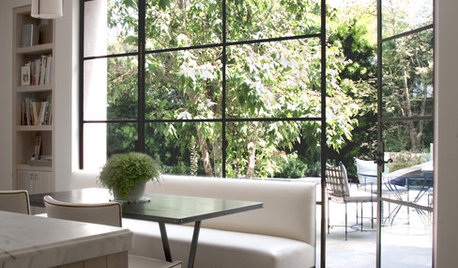
REMODELING GUIDESEnergy-Efficient Windows: Decipher the Ratings
To choose the right energy-efficient windows for your home, first you need to know what the labels mean
Full Story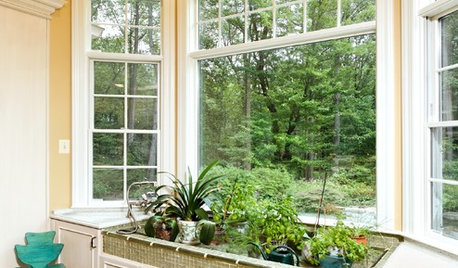
REMODELING GUIDESEnergy-Efficient Windows: Understand the Parts
You can save money and energy with today's windows — but first you need to know all the window parts and types
Full Story
GREAT HOME PROJECTSHow to Install Energy-Efficient Windows
Learn what Energy Star ratings mean, what special license your contractor should have, whether permits are required and more
Full Story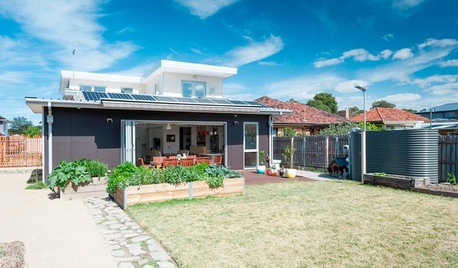
GREEN BUILDINGHouzz Tour: An Energy-Efficient Home for 3 Generations
This Australian house takes sustainability and accessibility to a new level
Full Story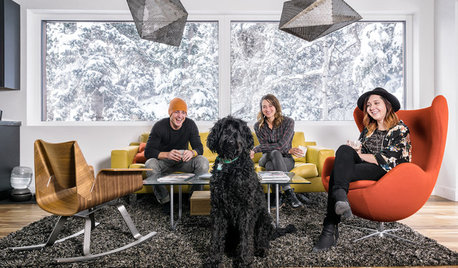
CONTEMPORARY HOMESHouzz Tour: Toasty Warm and Energy-Efficient in Utah Ski Country
An architect builds his own first home with passive house standards at the forefront
Full Story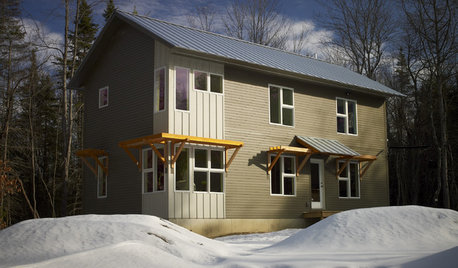
HOUZZ TOURSHouzz Tour: Energy-Efficient, 'Lean' House in Maine
Sustainable architecture and amazing light draw an environmentally conscious family to a new home
Full Story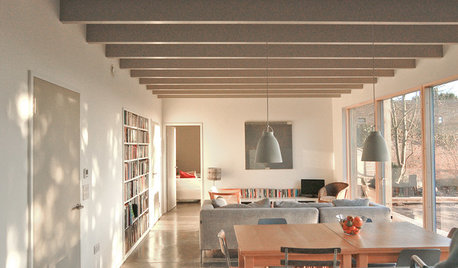
MODERN STYLEHouzz Tour: Hilltop Home With a View to Energy Efficiency
A contemporary light-filled English home makes the most of its location
Full Story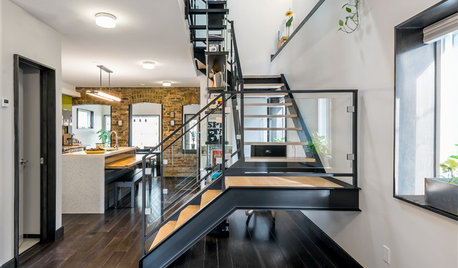
MODERN HOMESMy Houzz: Modern Exposure and Energy Efficiency in Toronto
A Canadian architect transforms an outdated bungalow into a thoroughly modern family home
Full Story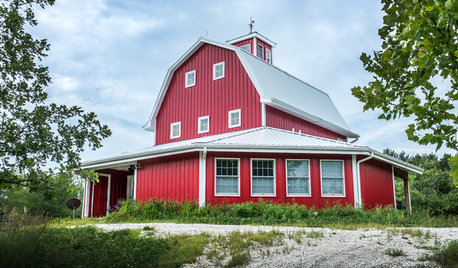
BARN HOMESHouzz Tour: An Energy-Efficient Barn Graces the Nebraska Landscape
Passive-house technologies and a rain-harvesting and greywater system conserve natural resources in this weekend country home
Full Story
GREEN BUILDINGHouzz Tour: See a Concrete House With a $0 Energy Bill
Passive House principles and universal design elements result in a home that’ll work efficiently for the long haul
Full StorySponsored
More Discussions



scryn
calliope
Related Discussions
Do windows need to be energy star certified to be energy efficient?
Q
How to make a 20 year old Las Vegas gas fireplace energy efficient.
Q
Highly Energy Efficient Casements?
Q
Omaha area Energy Efficient Home Builders
Q
aachenelf z5 Mpls
scryn
calliope
steve_o
postum
gardenlen
calliope
seraphima
christy2828Original Author
steve_o
calliope
gardenlen
christy2828Original Author
calliope
gardenlen
christy2828Original Author
gardenlen
loladog
lorna-organic
annebert
islandpete
vedenev
blueangel
zigzag